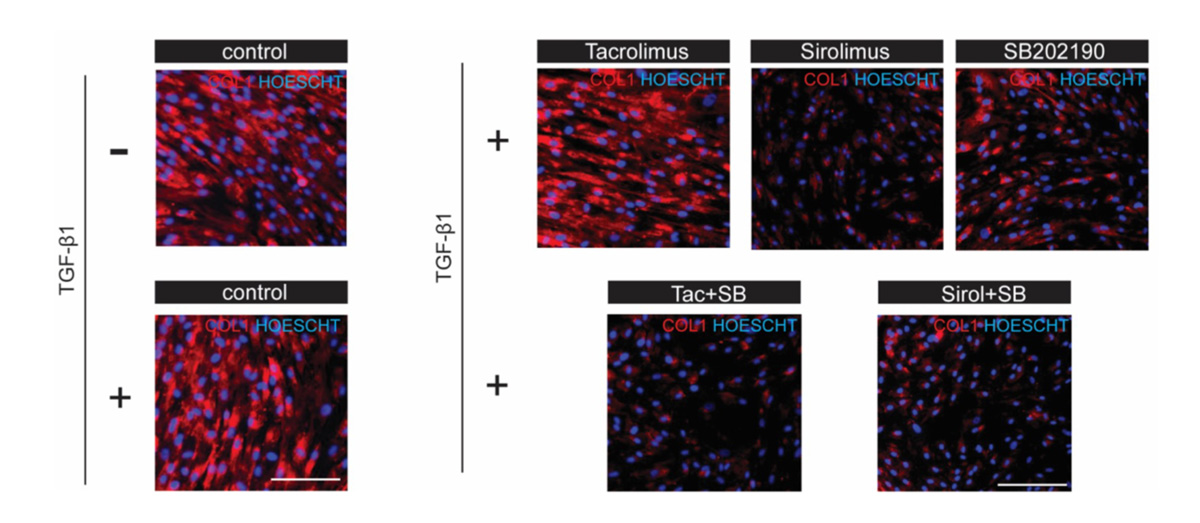2022-11-22 スイス連邦工科大学ローザンヌ校(EPFL)
研究チームは、リガンド(1つまたは複数の原子団)分子の位置と数を精密に制御できるよう、DNAだけでできた硬い円盤を設計した。一連のリガンド受容体構造を設計し、密度、形状、ナノ間隔が結合の超選択性にどのように影響するかを調べた結果、研究チームは、剛性が重要な要素であることに気づいたのである。
本研究から得られた知見により、ウイルスと結合して感染を防ぐように設計されたリガンドパターンを持つ超選択性粒子を開発したり、ウイルスが感染できないように細胞部位をブロックしたりすることが想像できる。
<関連情報>
- https://actu.epfl.ch/news/scientists-unlock-nature-s-secret-to-super-selecti/
- https://pubs.acs.org/doi/10.1021/jacs.2c08529
低価超選択性材料におけるナノ空間制御による多価パターン認識 Multivalent Pattern Recognition through Control of Nano-Spacing in Low-Valency Super-Selective Materials
Hale Bila, Kaltrina Paloja, Vincenzo Caroprese, Artem Kononenko, and Maartje M.C. Bastings
Journal of the American Chemical Society Published:November 16, 2022
DOI:https://doi.org/10.1021/jacs.2c08529

Abstract
Super-selective multivalent ligand–receptor interactions display a signature step-like onset in binding when meeting a characteristic density of target receptors. Materials engineered for super-selective binding generally display a high number of flexible ligands to enhance the systems’ avidity. In many biological processes, however, ligands are present in moderate copy numbers and arranged in spatio-temporal patterns. In this low-valency regime, the rigidity of the ligand-presenting architecture plays a critical role in the selectivity of the multivalent complex through decrease of the entropic penalty of binding. Exploiting the precision in spatial design inherent to the DNA nanotechnology, we engineered a library of rigid architectures to explore how valency, affinity, and nano-spacing control the presence of super-selectivity in multivalent binding. A micromolar monovalent affinity was required for super-selective binding to be observed within low-valency systems, and the transition point for stable interactions was measured at hexavalent ligand presentation, setting the limits of the low-valency regime. Super-selective binding was observed for all hexavalent architectures, and, more strikingly, the ligand pattern determined the selectivity onset. Hereby, we demonstrate for the first time that nano-control of geometric patterns can be used to discriminate between receptor densities in a super-selective manner. Materials that were indistinguishable in their molecular composition and ligand valency bound with various efficacies on surfaces with constant receptor densities. We define this new phenomenon in super-selective binding as multivalent pattern recognition.


